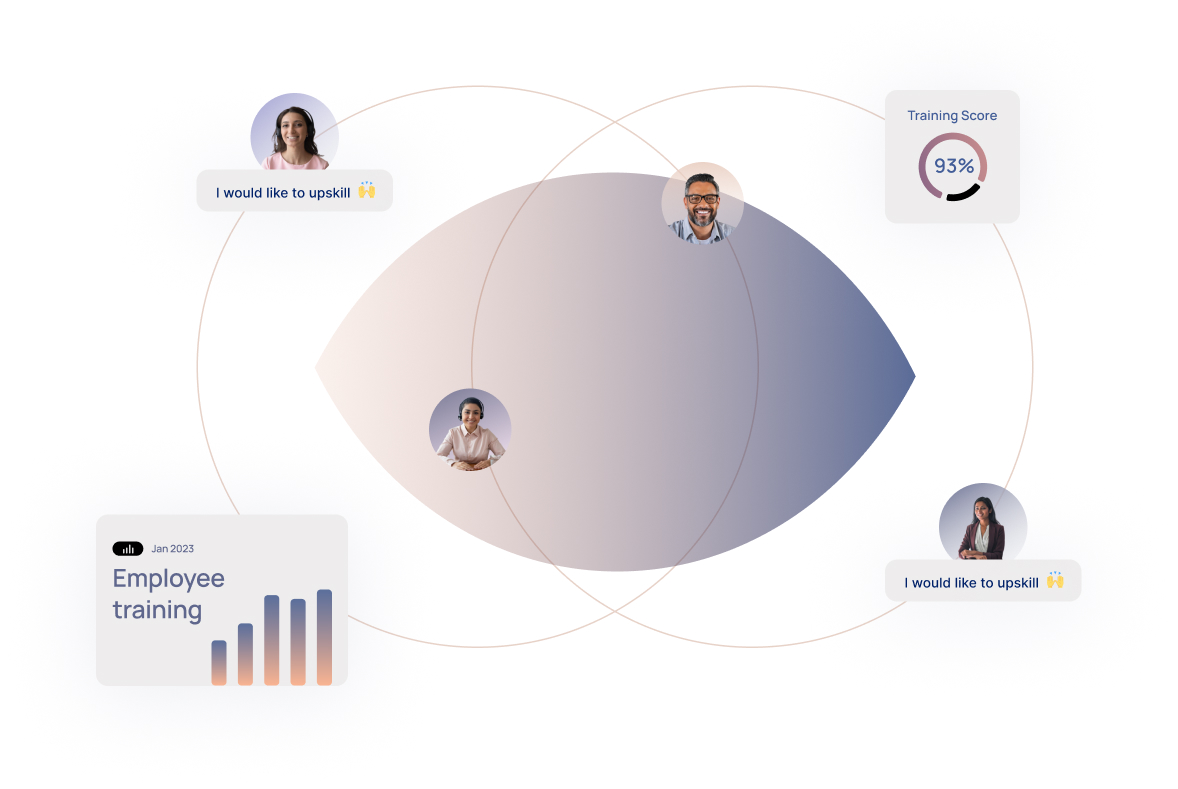date
timings
batch type
CCNA course covers networking fundamentals, LAN, routing, infrastructure services, and device configuration/troubleshooting, preparing for certification. Enhances network management skills and understanding of network operations.


duration
50 Hours

NEXT BATCH
Mar 05, 2024

mode
Online

payment options

Master networking essentials with CCNA course. Learn protocols, routing, security, and Cisco technologies. Gain certification readiness and advance your networking career.

Gain foundational knowledge in networking

Learn to install, configure, operate, and troubleshoot network systems.

Improve employability with a globally recognized certification.

Develop skills applicable to a wide range of IT disciplines.
There are no specific prerequisites for taking the CCNA course, but a basic understanding of networking concepts and familiarity with computer systems is beneficial.
Master networking concepts, configure, troubleshoot devices, and prepare for CCNA certification. Propel career advancement in the networking field.
After studying CCNA, individuals can pursue roles such as network administrator, network engineer, systems administrator, and technical support engineer.
Salary Range
2.5 to 15 Lakhs Per Annum
50 Hours COURSE
Certifies completion of CCNA course, including network installation, configuration, troubleshooting, LAN switching, and routing

date
timings
batch type
The course admission process at Cokonet involves streamlined procedures ensuring efficient enrollment for prospective students.
 Step 1
Step 1Our career counselor will help you identify the suitable course for you.
 Step 2
Step 2Finalize the transaction securely, using the provided payment methods.
 Step 3
Step 3Enroll in the chosen course, providing personal details and payment information.







Find from a list of 60+ courses to launch your career.
Our Hire-Train-Transfer model revolutionises corporate talent acquisition by seamlessly connecting businesses with skilled professionals through customised training programs.
Know moreOur Corporate Training Services, delivered by industry experts, equip employees with the latest skills and certifications, enabling them to meet project demands and excel in cutting-edge domains.
Know moreCokonet's upcoming job portal, SurePool.in, provides top-notch staffing services, connecting businesses with qualified professionals for seamless workforce augmentation.
Know more

Access 0% interest loans for your education, ensuring affordability while you pursue your dreams.

Ease your financial burden with our convenient installment payment options.

We believe in supporting aspiring learners by providing financial aid to help them pursue their dreams.

Seamless assistance with our comprehensive laptop support services.
Concerns regarding our CCNA course? Find the answers to the questions you often ask.
After completing the CCNA course and obtaining certification, you can pursue various roles in the field of networking, such as network administrator, network engineer, systems administrator, and technical support engineer.
CCNA is unique among networking certifications for its emphasis on Cisco technologies and its comprehensive coverage of networking concepts. Its global recognition and value to employers set it apart as a highly sought-after certification in the field.
CCNA knowledge enables professionals to design, implement, and troubleshoot network infrastructures, ensuring smooth operations in industries like telecommunications, IT services, healthcare, finance, and manufacturing.
Yes, CCNA can facilitate a transition into a networking career without prior experience by providing a foundational understanding of networking concepts and a recognized certification.